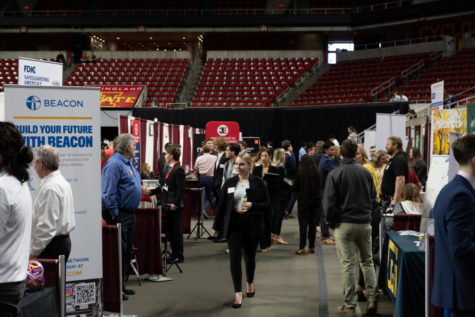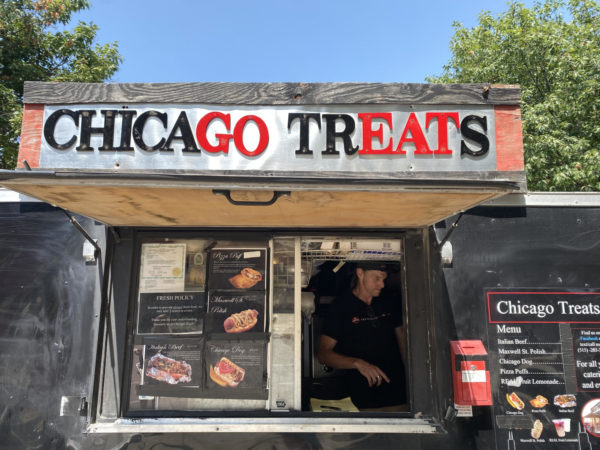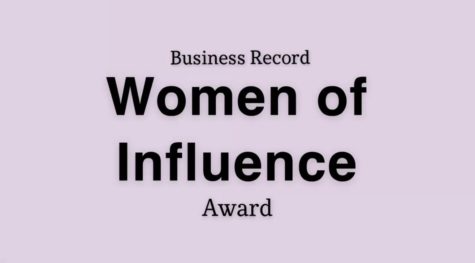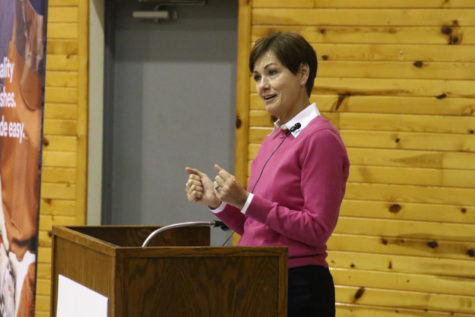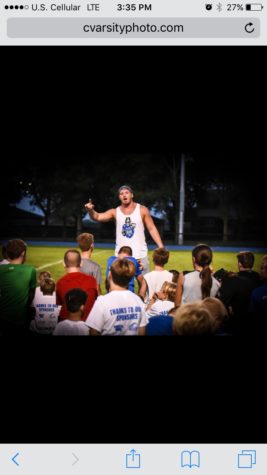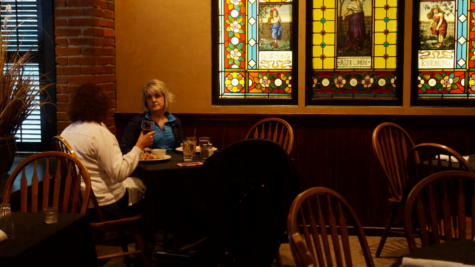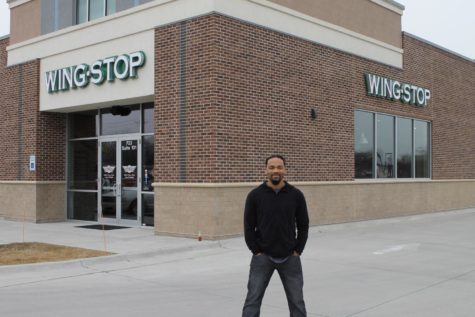Q&A with Hunter Harris of LANE4
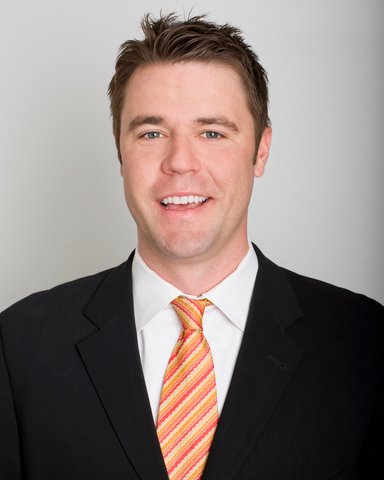
Hunter Harris, development director for LANE4.
January 25, 2011
Hunter Harris, director of development for LANE4
Q: I last talked to you in early December. What are the updates on the project? Where are we now in the process?
Well, long story short is that we are moving along — I wouldn’t say slowly, but I wouldn’t say at light speed — in discussions with some really exciting potential tenants to occupy this space. [We] have been talking with several national grocery and pharmacy users to occupy space when the project is completed. We had anticipated coming back for real thorough and cursory reviews to the City Council at the end of this month but needed to expand that date. So we hope to be back in Ames in February or March, whereby we’ll have a big presentation where we kind of outlay all of our efforts and also have an opportunity for students and community members to give further input on our progress so that we can [go] back to the drawing board.
Q: What exactly will be in the presentation that you will give to City Council? Will there be blueprints yet or just a general outlay?
You know, I think every time that we come back here you’re going to start to see a little bit more and more detail emerge as we’re able to drill down on some of the big issues. We hope to present a final project process plan that will be a little further along than where we were last time that shows the general uses and the properties that will be affected or impacted by the project. We’d also probably have some very preliminary renderings for the project that we hope to get feedback on at that time. And we’ll have a better confirmation on where we’ll be from a plan … standpoint and also some of the potential tenants that were [contacted] through this process.
Q: When you say “feedback,” does that mean there will be more user groups? How will you communicate with the different groups and hear their views on the project?
To be determined. We’ll be looking for some help from the city and the university on how best to gather that feedback. However, I would suspect and hope that it will be some internal user group sessions like we’ve had in the past, as well as a town hall. And then a separate meeting with the student body, be it the … government of the student body. [I’m] not sure what form that takes, but that’s kind of one of those things that we’ll be trying to figure out here in the next 30 or so days and how to best wrap up all the feedback that students have on the project.
Q: What is the students’ role in this project?
Well they should be our advisers; hopefully, they feel like they have a partnership in this project. From the outset, what our mission was charged with was making Campustown a destination that students are proud of, a place where they want to take their parents when they’re in town, and when they’re done being students and they’re alumni that they want to come back to. So we view them as a partner in the deal, and we view their responsibility in the project as providing us with their input and feedback along the way, because if the students don’t come forward and give us their advice, then we won’t have a successful project here.
Q: This project was also started as a way to make Campustown a place for adults and other people, not just the students. Who will this new Campustown be primarily directed to: will it be the students, the community or the City Council? Who are you trying to please the most through this planning?
That’s what’s so difficult about it, Kayla, is we are trying to accomplish the goals of all of those constituents. So while we’ve met with the business owners, while we’ve met with the entire community and the students — is that we wanted feedback melded so that we have an environment people of all ages want to come and experience. That means it’s not taking away all the bars so it’s just another part of Ames. That it’s making us feel like it’s a very fun, very active area that students want to continue to go to. So we’re trying to accomplish that [for] all those people on this project, and that’s what makes it a real challenge.
Q: On another note, I’ve seen the plans for the general layout for Campustown; what you want to do to it. I was wondering, what are the Campustown boundaries and how were those decided? What land were you given to work with?
The boundaries were defined as part of the request for qualifications. [There were] some members of the ISU faculty that were on that committee that defined the boundaries, and the city and the Chamber of Commerce. So I’m not sure how they defined those boundaries originally.
Q: The boundaries changed between the first plans I saw and the brochure that Trip Ross sent out. Have the boundaries changed? Have you had any updates that required you to change the boundaries at all?
Well our current Master Development Agreement with the city encompasses a very broad area. So it goes all the way over to Sheldon Avenue and south past Chamberlain [Street] into those blocks. Where we’ve focused our initial efforts is at the corner of Lincoln Way and Welch [Avenue] because we think that’s the real nucleus. And so that’s where we’ve been focusing our initial efforts; however, we hope that be it our projects, our future projects or other projects that come up … there’s still other revitalization and redevelopment in Campustown in a broader area.
Q: I know you were supposed to come to Ames in January, so we’re a little behind in the timetable, but besides that have there been any other obstacles that have come up while planning this project?
I don’t know if I would call them obstacles; we’ve got a lot of hurdles with this project. We’re in a really, really, really tough economy right now, and I think students or parents or everybody knows enough to know that. In addition, we’re working within the existing built environment here. So right now I’d say really our biggest hurdles are making sure that the students, the city, the university are all on the same page and moving forward in the same direction with the project.
Q: Where is the funding coming from for this project?
I can tell you this. We will ask the city for commitment in this [project] so we’ll be asking for the use of … a public development incentive. LANE4 has invested a substantial amount of money in all of the planning efforts up to this point, and we will continue to put a lot of money into this deal to move it forward. And then lastly, we will be looking for federal grants in tax and credit programs, and also we’ll be going to our banks within the Ames and national community to get traditional financing as well.






